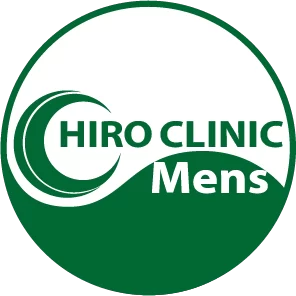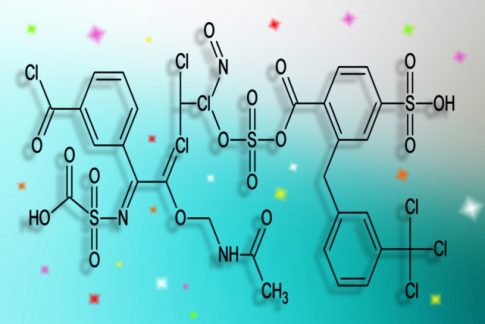Introduction
Androgenetic Alopecia (AGA) is the most common alopecia in men and its cause is primarily related to hormonal balance. In particular, testosterone and its metabolite dihydrotestosterone (DHT) play an important role. This article details the relationship between AGA and testosterone and the impact of hormonal balance on hair health.
Role of testosterone and DHT
1. Testosterone Overview
Testosterone is a type of male hormone and the primary hormone that promotes male secondary sexual characteristics.
Place of production: Mainly produced in the testes, with small amounts also produced in the adrenal glands.
Role: Contributes to increased muscle mass, maintenance of bone density, increased libido, and body hair growth.
2. DHT production
Testosterone is converted to DHT in the body by the enzyme 5α-reductase.
5-alpha-reductase: enzyme that converts testosterone to DHT, found in the skin, prostate, and hair follicles.
DHT effects: DHT binds to androgen receptors more readily than testosterone and strongly affects the hair growth cycle.
Relationship between AGA and hormonal balance
1. DHT and its effect on hair follicles
DHT has a powerful effect on hair follicles and is the primary cause of AGA.
Follicle shrinkage: DHT causes follicle shrinkage and inhibits hair growth. This results in thinner, shorter, and thinner hair.
Shortened growth phase: The growth phase of hair is shortened and the resting phase is prolonged, resulting in a decrease in overall hair volume.
2. Genetic factor
AGA is also affected by genetic factors. Genes determine the sensitivity of hair follicles to DHT.
Family History: A family history of AGA increases the risk.
Gene polymorphisms: certain gene polymorphisms are associated with AGA, which make hair follicles more susceptible to DHT.
Treatment for AGA
1. 5-alpha-reductase inhibitors
Drugs that inhibit 5-alpha-reductase can reduce the production of DHT, thereby reducing the progression of AGA.
Finasteride: A drug that inhibits type II 5-alpha-reductase and reduces DHT production. Widely used as an oral medication.
Dutasteride: Inhibits types I and II 5-alpha-reductase and is more potent than finasteride.
2. Minoxidil
Minoxidil is a topical drug that stimulates blood circulation and supports hair follicle growth.
Usage: Generally applied topically to promote hair growth.
Effect: Improves blood flow to hair follicles and normalizes the hair growth cycle.
3. Improvement of lifestyle
A healthy lifestyle is also important to reduce the progression of AGA.
Nutritional balance: A good balance of nutrients necessary for hair health, such as iron, zinc, and B vitamins.
Stress Management: Stress affects hormonal balance, so proper stress management is important.
Moderate exercise: Moderate exercise improves circulation throughout the body and regulates hormonal balance.
How to regulate hormonal balance
1. Endocrine therapy
Endocrine therapy may be used to regulate hormonal balance.
Hormone therapy: Hormone therapy is used to balance hormones as needed.
2. Stress Management
Stress has a significant impact on hormonal balance, so proper stress management is important.
Relaxation: Meditation, yoga, deep breathing, and other relaxation techniques are used to reduce stress.
Rest and Sleep: Ensure adequate rest and quality sleep to decrease stress.
3. Food and Nutrition
A nutritionally balanced diet is important for hormonal balance.
Healthy diet: iron, zinc, B vitamins, and other nutrients necessary for hair health.
Hydration: drinking enough water promotes metabolism in the body.
Summary
AGA is caused by a hormonal imbalance that is influenced by testosterone and DHT. DHT causes hair follicles to shrink and inhibits hair growth. Treatment includes 5α-reductase inhibitors, minoxidil, and lifestyle changes. Endocrine therapy, stress management, and proper diet and nutrition are important for hormonal balance. By adopting these methods, you can slow the progression of AGA and maintain healthy hair.










